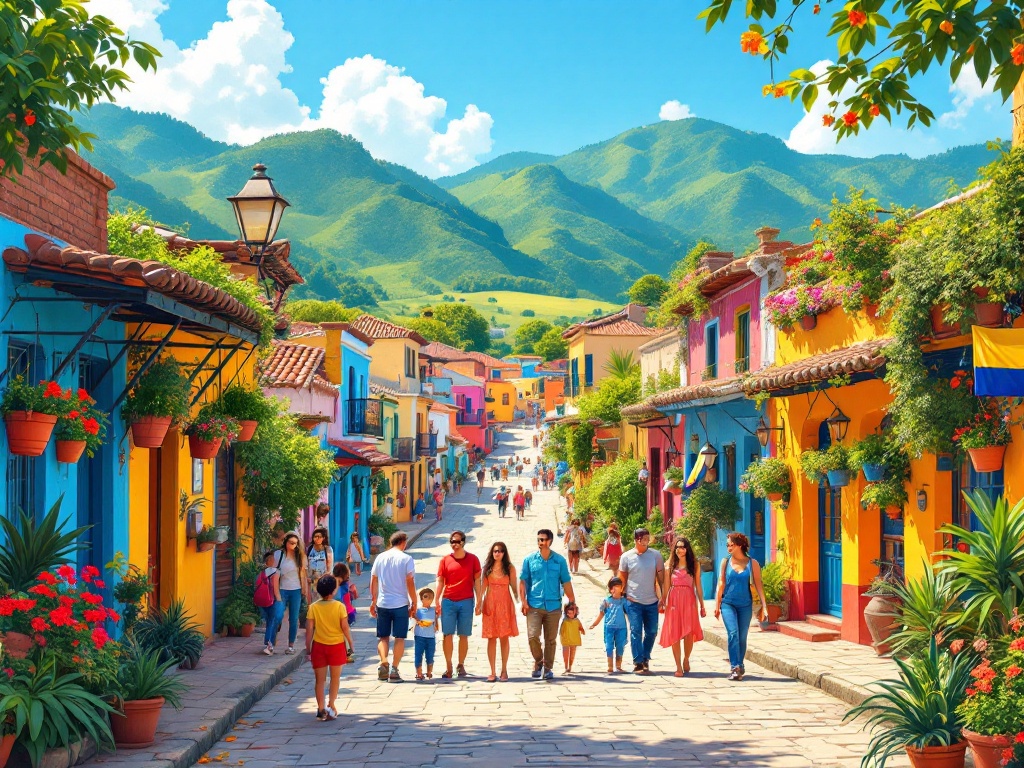
Colombia has transformed dramatically over the past decades and is now a popular tourist destination. While the country has made significant strides in improving safety, like any travel destination, it's important to be informed and take reasonable precautions to ensure a safe and enjoyable trip.
These fundamental safety practices will serve you well throughout Colombia:
Learn basic Spanish phrases related to safety, such as "Ayuda" (help), "Policía" (police), and "Hospital" (hospital). Being able to communicate in emergency situations can be invaluable.
Colombia offers many safe destinations that are well-prepared for international tourism:
Look for the tourist police (Policía de Turismo) in their distinctive uniforms. They are specifically trained to assist travelers and often speak English.
While most of Colombia is safe for tourists, some areas still present higher risks:
If you plan to visit less-traveled areas, consult with local tourism offices, hire reputable guides, and inform your accommodation of your plans.
Safe transportation choices are essential for a secure travel experience in Colombia:
In Medellín, the metro system is clean, efficient, and considered very safe for tourists. It's an excellent way to navigate the city.
Be aware of common theft tactics and scams targeting tourists:
Protect your financial resources and valuable items with these strategies:
The Colombian peso has many zeros, which can be confusing. Double-check your bills when paying and receiving change, especially with larger denominations.
Keep these important emergency numbers accessible during your trip:
| Service | Number | Notes |
|---|---|---|
| National Emergency | 123 | General emergency number |
| Police | 112 or 156 | For security issues |
| Tourist Police | (1) 3374413 | Specialized in helping tourists |
| Ambulance | 125 | Medical emergencies |
| Fire Department | 119 | Fire emergencies |
| Road Emergency | #767 | Highway assistance |
Colombia can experience various natural hazards. Be prepared for:
Colombia is in a seismically active region. If an earthquake occurs:
Common during rainy seasons (April-May and October-November):
Several active volcanoes exist in Colombia:
With proper preparation and awareness, you can have a safe and memorable experience exploring Colombia's incredible culture, landscapes, and hospitality.